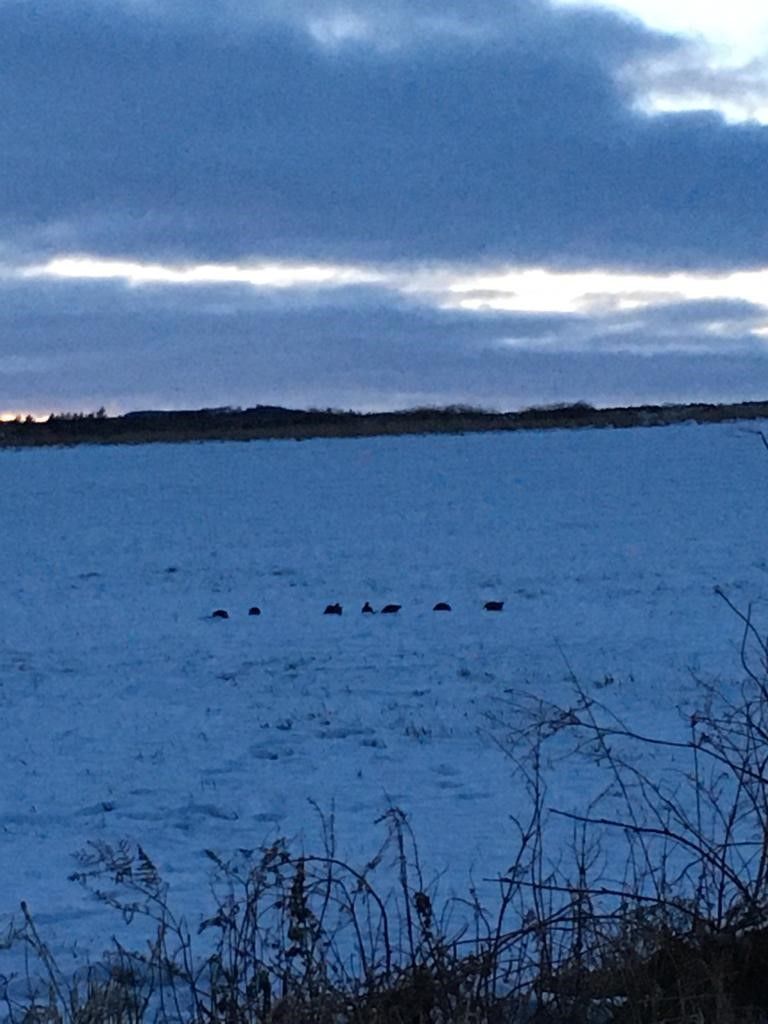
Hungry Times
19 February 2021
This time of the year proves how important wild cover and wildlife habitats are for birds. Our chosen bird cover seed mix composed of triticale, wheat, barley and oats combined with other seeds are capable of standing out in the landscape otherwise covered in thick snow.
Wild bird cover areas give a vast selection of bird species feed over winter. Species such as yellow hammer, corn bunting, tree and house sparrow, linnet, reed bunting, green finch, chaffinch, gold finch, robin, blackbird and grey partridges to name but a few find these areas beneficial for survival.
These birds have been recorded during the “Big Farm Land Bird Count” organised by the Game & Wildlife Conservation Trust (GWCT) which has been extended until the 21st February because of the weather. If you would like to participate, go to the GWCT website for more information on how to get involved.
In addition to the crops, we are continuing to fill up our feeders scattered throughout the estate. This is until April when wild feed becomes readily available.
It is in February each year that we start thinking ahead to our next cover establishment to coincide with our crop rotation and our organic conversion. We are looking to add sorghum, sunflower and borage to our herbal leys by direct drilling. This is a process whereby the seeds are sown directly into the ground rather than the traditional ploughing method. Another benefit of not ploughing is that we avoid releasing carbon into the environment.
This area will be separated from the grazing sites by a simple, temporary electric fence. This means the plot can be rested and allowed to come to fruition attracting pollinating insects and other invertebrates. When transitioning back to the crop rotation, the game cover can be easily incorporated without a heavy weed burden. One has to remain optimistic during this experiment!

